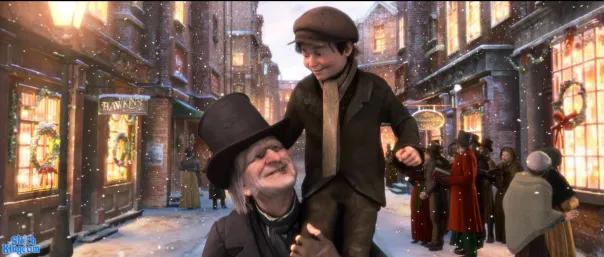
The Conversion of Ebeneezer Scrooge
Tonight, while Santa soars through the stratosphere, I’ll be reading the final stave of Charles Dickens’ novella A Christmas Carol. It’s taken me days to get to this point, devouring only a couple of pages before bed to savour every sentence of his prose. I’ve been doing this for years and yet I always stumble upon a phrase as if for the first time.
What’s the attraction of Ebeneezer Scrooge? After all, he has become, like the Grinch, a cultural icon for the sad soul who, for whatever reason, has become cold and closed; who enjoys isolation, loathes laughter and shuns celebration.
Scrooge’s seven-years-dead business partner returns to lament the banal way he conducted his life, to blast Scrooge with a warning and a truth and so become an instrument of transformation. Through Jacob Marley’s visit and that of three phantoms foretold, Scrooge is snatched from the abyss and left laughing in his chair until he weeps with delight and is, well, reborn. He internalizes the lessons taught by his spectral visitors, lessons which are merely the result of seeing what had happened, what was happening and what might happen without a change of heart.
If anyone walked in newness of life, it was Ebenezer. He raised not just Bob Crachit’s salary but the spirits of every person he met, doing justice, loving mercy and walking humbly. He was soundly converted, if not to Christianity to the ways of selfless living.
In Dickens original manuscript, he ends the tale with one last word, centered on the page. Amen. It’s as if A Christmas Carol was his prayer for the reader that through four spirits, the reader would be changed as much as Ebenezer. A prayer, perhaps, that Christmas would make cold hearts warm; that tight fists would become open arms. A prayer that broken relationships would be mended and blind eyes opened. A prayer that as Tiny Tim implored in his simple intercession, God would bless us. Everyone.
Post a comment